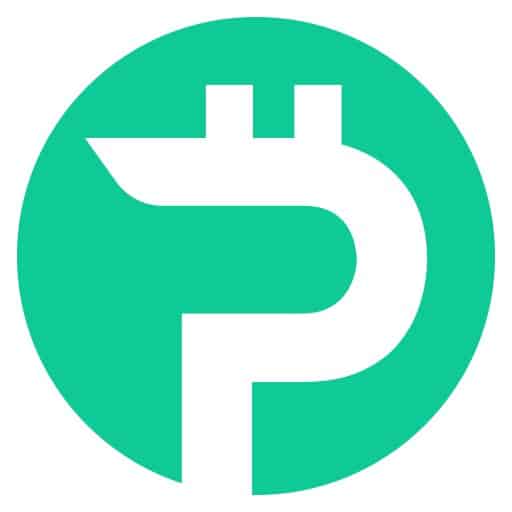A new report and recommendations on the regulation of stablecoins issued today by a coalition of U.S. financial authorities is, on the whole, sensible and contains a lot of elements that crypto advocates taking the long view should support. But it strikes a worrying tone of urgency that could lead to a regulatory power grab […]
A new report and recommendations on the regulation of stablecoins issued today by a coalition of U.S. financial authorities is, on the whole, sensible and contains a lot of elements that crypto advocates taking the long view should support. But it strikes a worrying tone of urgency that could lead to a regulatory power grab in the almost-certain absence of clear action by legislators in the U.S. House of Representatives and Senate.
Stablecoins, such as tether and USDC, are cryptocurrency tokens tied to a basket of assets meant to “peg” each token’s value to a stable currency, such as U.S. dollars. By far the most worrisome element of stablecoins is that the assets backing them are not subject to consistent oversight, raising serious concerns about their quality and, yes, stability. In the event of a broad market downturn, a supposed stablecoin backed by fragile instruments could instead lose value rapidly in the crypto equivalent of a bank run.
David Morris is CoinDesk’s chief insights columnist
The new report, a joint project of a Presidential Working Group on Financial Markets, the Federal Deposit Insurance Corporation and the Office of the Comptroller of the Currency, broadly proposes rigorous new oversight of stablecoin backing. The report goes so far as to suggest bringing stablecoin issuers into the U.S. federal deposit insurance system, making them very close equivalents to traditional banks, “subject to supervision and regulation at the depository institution level by a federal banking agency and consolidated supervision and regulation by the Federal Reserve at the holding company level.”
That recommendation represents a welcome acknowledgment of the validity of stablecoins as a potentially useful financial and technological innovation. The report even hints at a path for existing traditional financial institutions to issue their own stablecoins, which could be a significant net positive for the growth of cryptocurrency as an element of the broader financial system.
(The report does not address so-called “algorithmic stablecoins.” I’m still convinced they’re financial magic beans, but they are far less-widely used than backed stablecoins. This omission should be welcomed, as it gives these Baron Munchausens of crypto more runway to prove they can somehow hold themselves up by their own bootstraps. Or not.)
There are portions of the report that seem more debatable, particularly those focused on the technological and operational risks of stablecoins. Without downplaying the real risks, it’s hard to imagine a federal regulator qualified to oversee those elements of a stablecoin, and the report does not show awareness of the potential for robust oversight of the systems and code by the industry and public. The phrase “open source” does not appear.
The most worrisome part of the report, though, is the real-world path to regulation that it implies. To its credit, the report leads off its recommendations with a call for legislative action, which would involve more public debate, oversight and room to capture the operational nuances of a new technology than if agencies were to regulate stablecoins through existing law drafted for fundamentally different kinds of systems.
Unfortunately, this legislative focus feels like window dressing in what could very well wind up a regulatory power grab. Given U.S. legislative dysfunction, the report’s call for new laws covering stablecoins may not lead to much productive action, and the report seems well aware of this. In the final section, it states that “in the absence of congressional action, the agencies recommend that the [Financial Stability Oversight] Council consider steps available to it to address the risks outlined in this report.”
In other words, if Congress doesn’t act decisively (which the report’s authors certainly know it won’t), the report urges regulators to enact its recommendations anyway.
Read more: What Is a Stablecoin?
It repeatedly suggests that stablecoins pose an immediate threat to consumers, if not the financial system as a whole. It describes the situation as “urgent,” for instance stating that “legislation is urgently needed” to address the issue. But the language of urgency in regulation and legislation is almost always reason to worry about a power grab in the making.
In this case, the sense of urgency also seems clearly wrong. Stablecoins are still an extremely niche financial instrument, in usage if not in overall value. Serious oversight is justified in the long term if stablecoins become more widely adopted as a consumer payments instrument, which could expose everyday users to serious and hidden risks. But right now they are overwhelmingly used by speculative traders who, it must be said, should be well aware of their inherent risks and seem to simply not care.
Read more: What Stablecoins Might Become – Bennett Tomlin
Even assuming that the collapse of a stablecoin like tether would impact the market for bitcoin, only about 14% of Americans currently own bitcoin, and they should know it’s still a speculative investment (especially now that the Federal Trade Commission has warned crypto exchanges against downplaying risks in their marketing).
I am personally very worried that financial instability could lead to the rapid and chaotic unwind of stablecoins, with serious consequences for crypto-assets up to and including bitcoin. But regulators shouldn’t be in the business of preventing people from losing money when they make risky bets.
There is no reason to believe that even a legislature disproportionately made up of grandstanding, self-interested blowhards doesn’t have a decent amount of runway to learn more about a novel, niche instrument before trying to impose one single vision of how it should work.









